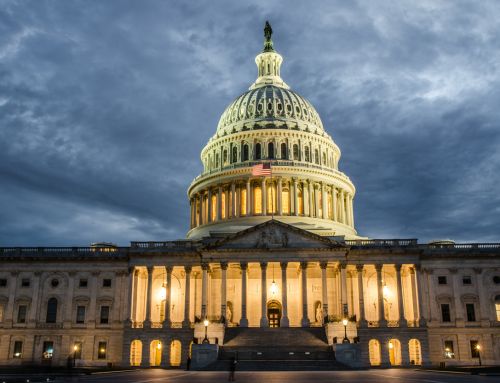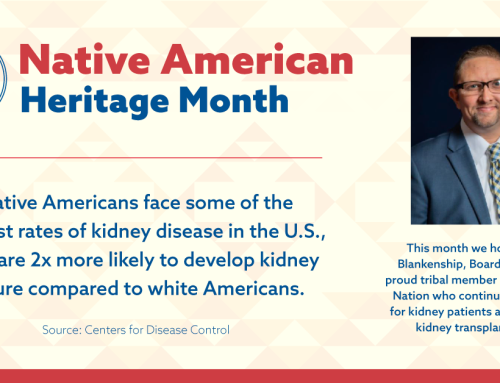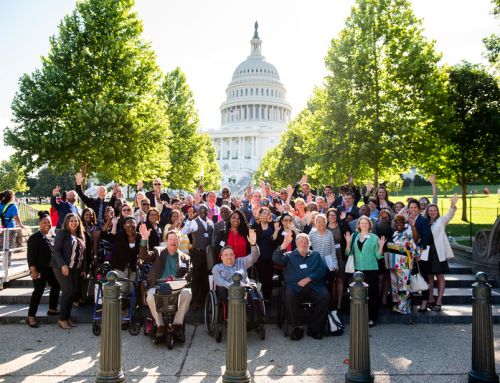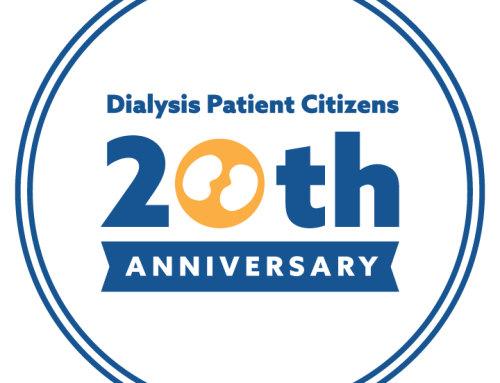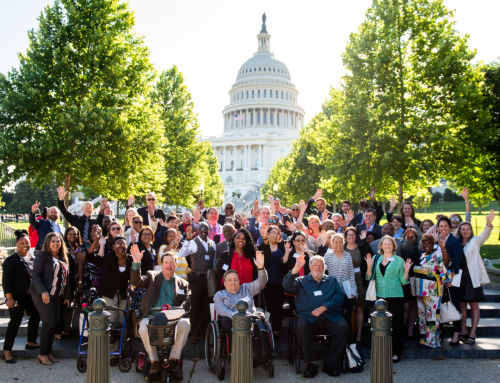Each year, the Centers for Medicare & Medicaid Services (CMS) issue proposed rules to update payment rates under the End-Stage Renal Disease (ESRD) Prospective Payment System (PPS) for renal dialysis services for the following year. On June 24, 2016, CMS proposed updates to the PPS as well as new quality measures for 2017. Notably, CMS proposed an increase to the base rate paid to dialysis facilities of $0.65 in addition to proposing increasing the home and self-dialysis training payment. In regards to quality measures, CMS proposes the inclusion of a new “Safety Measure Domain” category for 2019, which would provide data on dialysis-events including blood stream infections. Lastly, CMS proposes adding a standard hospitalization ratio measure, a new ultrafiltration rate reporting measure, and replacing mineral metabolism measures with a new serum phosphorus measure for the 2020 QIP.
More information about the updates can be found below.
Update to the ESRD PPS Base Rate: The proposed 2017 ESRD PPS base rate is $231.04. This amount reflects a reduced market basket increase as required by Congress. The proposed 2017 base rate is an increase of $0.65 from the 2016 base rate. CMS projects that the updates for 2017 will increase the total payments to all ESRD facilities by 0.5 percent compared with 2016.
Home and Self-Dialysis Training Add-on Payment Adjustment: CMS is proposing to increase the home and self-dialysis training add-on payment adjustment to account for the total number of hours of training by a registered nurse for peritoneal dialysis (PD) and hemodialysis (HD). The current home and self-dialysis training add-on is $50.16, which reflects 1.5 hours of nurse training. CMS is proposing to calculate the increase based on the average treatment times and weights for each modality. Under this proposal, CMS would increase the hours of nurse training time to 2.66 hours, which would result in a home and self-dialysis training add-on payment adjustment of $95.57.
Changes to the ESRD QIP in Future Years: The 2018 ESRD QIP measure set, last updated as part of last year’s ESRD Final Rule, contains eight clinical measures and three reporting measures encompassing anemia management, dialysis adequacy, vascular access type, patient experience of care, infections, hospital readmissions, and mineral metabolism management.
Changes to the 2019 ESRD QIP: CMS proposes to create a new Safety Measure Domain as a third category of measures for 2019. To do so, CMS proposes to reintroduce the Expanded National Healthcare Safety Network (NHSN) Dialysis Event reporting measure into the ESRD QIP measure set for 2019 and to combine this measure with the existing NHSN Bloodstream Infection (BSI) clinical measure. CMS says it wants to encourage facilities to provide full and accurate disclosure of dialysis-event data by combining the requirement that facilities report a full twelve months of data with its clinical evaluation of facility performance in reducing infections. For 2019, CMS proposes to apportion 75 percent of a facility’s performance score to the Clinical Measure Domain, 15 percent to the proposed Safety Measure Domain, and 10 percent to the Reporting Measure Domain.
Proposals for the 2020 ESRD QIP: In addition to the clinical measures finalized for 2019, CMS proposes to add the Standardized Hospitalization Ratio (SHR) clinical measure. Also, CMS proposes to adopt a new Ultrafiltration Rate reporting measure. Finally, CMS proposes to replace the existing Mineral Metabolism reporting measure (calculated in part using claims data) with a new Serum Phosphorus reporting measure that uses CROWNWeb data.
CMS is also soliciting stakeholder input on a number of other approaches to improving care for beneficiaries with chronic kidney disease and ESRD.


